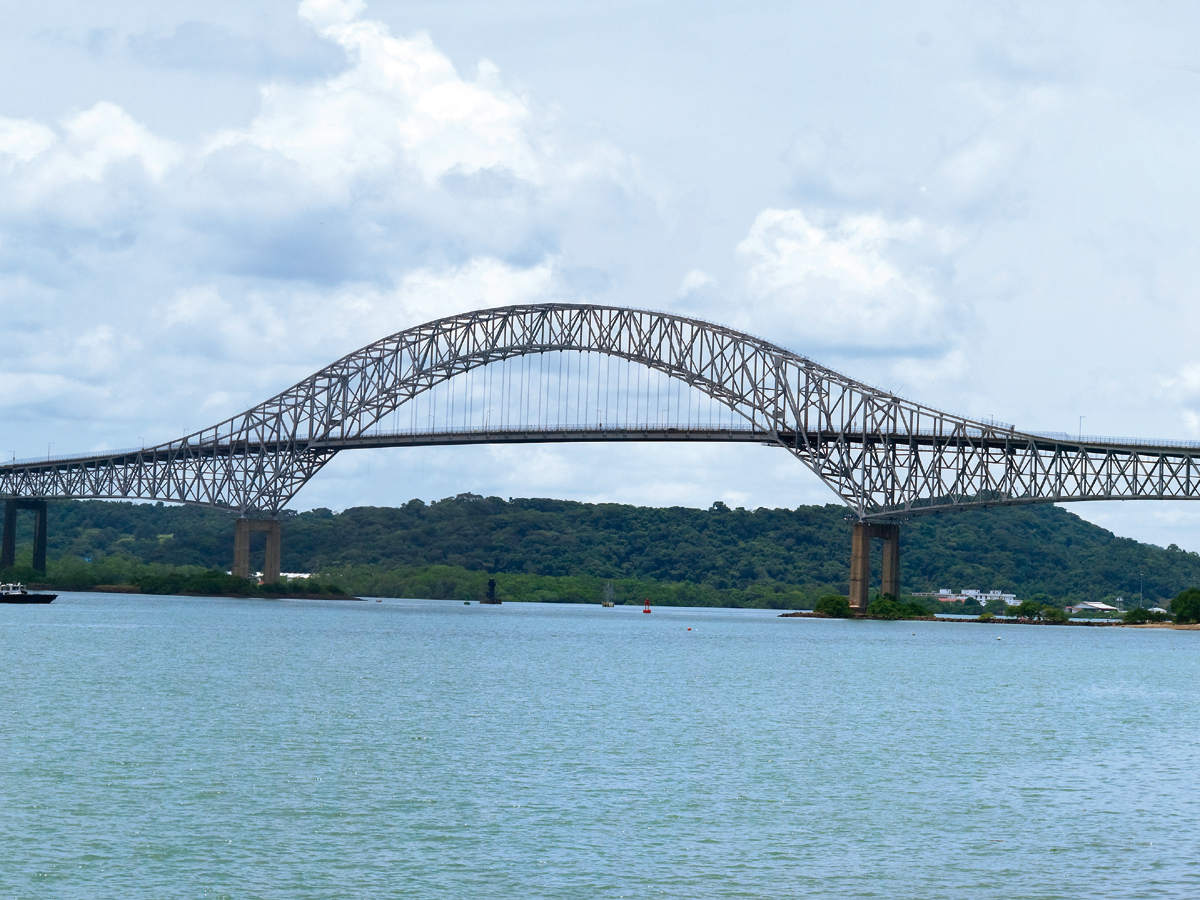Panama’s economy is reaching a defining moment in its development, offering new prospects for trade and infrastructure financing. Ingrid Norton reports.
The current expansion of the Panama Canal and the free trade agreement (FTA) with the United States signed in October 2011 are acting to consolidate Panama’s position as the financial hub of Central America.
During the Caribbean Central America Action conference held in late November in New Orleans, the ascendance of Panama was a constant theme. The canal expansion, on target for completion in 2014, will triple the Panama Canal’s cargo capacity.
“It’s a watershed event,” said Carlos Mickan, chief financial officer at Pan-American Life Insurance. “The 10-year vision of expanding the Panama Canal is a tremendous engine for economic development in the country.” Pan-American Life acquired MetLife’s assets in Central America and the Caribbean, including Panama in early November last year. Mickan characterised Pan-American’s holdings in Panama as “very significant and very diversified”, driven by the country’s expanding middle class.
The International Monetary Fund projects that Panama’s real GDP growth in 2011 will exceed 8.5%, an expansion driven by growth in the commerce, construction, and transportation sectors.
The US$5.25bn canal expansion involves moving 50,000 cubic metres of dredging materials, creating a new set of locks, and expanding the entrance of the canal and its navigation channels. Besides the canal expansion, ambitious infrastructure projects in Panama include the construction of a new international airport in Rio Hato announced in early 2011 and expansion of the country’s existing airports.
A free trade agreement between the US and Panama, passed by the US Congress in October will further bulwark the growth. The trade agreement entails a 50% tariff elimination for services rendered and the stipulation that US firms can open in Panama’s markets with an investment of US$3mn or more, said Leroy Sheffer, chief executive partner of International Trade Advisory Services, a Panamanian law firm.
Sheffer characterised the agreement as a tremendous opportunity for the US and Panama to expand trade capacity. He said that the agreement, once implemented, will bring in a projected US$30bn in foreign direct investment. Sheffer said that in the future,Panama will increasingly market itself as a centre for outsourcing and auxiliary services. H.E. Mario Jaramillo, US ambassador to Panama, said that he expects the FTA to be fully implemented by mid-2012.
Joe Salazar, a representative from the US state department, concurred that the US government is working to get the FTA implemented “as soon as possible”. He noted that Panama’s proximity to the US will make Central America an increasingly important region for trade; the combined market of Central America is the third largest in Latin America after Mexico and Brazil. US companies are already acting to expand operations.
Earlier this year Dell announced an increased US$13mn investment in Panama, and Hewlett Packard is expanding its global delivery centre in Panama City.
David Lewis, vice-president of Manchester Trade, an international business advisory firm, is a specialist in Latin America and the Caribbean, with an emphasis on FTAs. He said that the agreement between the US and Panama will solidify the Panamanian economy’s position as a locus for investment, particularly in the logistics and services sector.
Because Panama is growing too quickly for its labour market to supply the needs of its expanding economy, Lewis said he expects coming years to see a huge growth in multinationals in the country in coming years, and of what he calls “multi-latinas”, in the form of Panama’s increasing links with companies based out of Brazil, Peru and Colombia, which is also in the process of implementing an FTA the US.
Bruce Sim, head of capital markets and wealth management for RBC Financial (Caribbean), said that when it comes to regional trade finance, Panamanian banks enjoy a better standing in world banking than others in the region, and are considered a model in combating money laundering.
An emerging hub
The Panama Canal expansion is expected to further Panama’s status as a lynchpin between the US and Canada and emerging markets in South America. Alberto Aleman Zubieta, administrator at the Panama Canal Authority, said that he expects US companies to increasingly headquarter in Panama, and use the country as a base for capturing important Latin American markets.
The canal expansion, he noted, will also open new links between the Atlantic and Pacific. Atlantic ports in US cities such as Baltimore, New York, Norfolk and Savannah are all expanding their depths to accommodate a new generation of Panamax vessels, Zubieta said, while China is pouring “huge amounts of money into a mega-port in Cuba”.
Zubieta said that the canal expansion will open the canal to trade that cannot presently utilise the passage. One important effect of the canal, he said, will be in easing the transport of liquefied natural gas from the US and Caribbean to Asian markets.
Ports in the Gulf of Mexico such as Kingston are expanding in anticipation of the increase in trans-shipment opportunities. The capacity of ships which can cross the Panama Canal will go from the current 5,000 TEU vessels to 13,000-14,000 TEU vessels.
The success reflects the changing role of Panama in the global economy. At the conference, Mark Feierstein, an administrator at the US agency for international development, noted that the aid department’s office in Panama began two decades ago with a budget of US$40mn in the post-Noriega years. It will be closed by the end of the fiscal year. GTR







